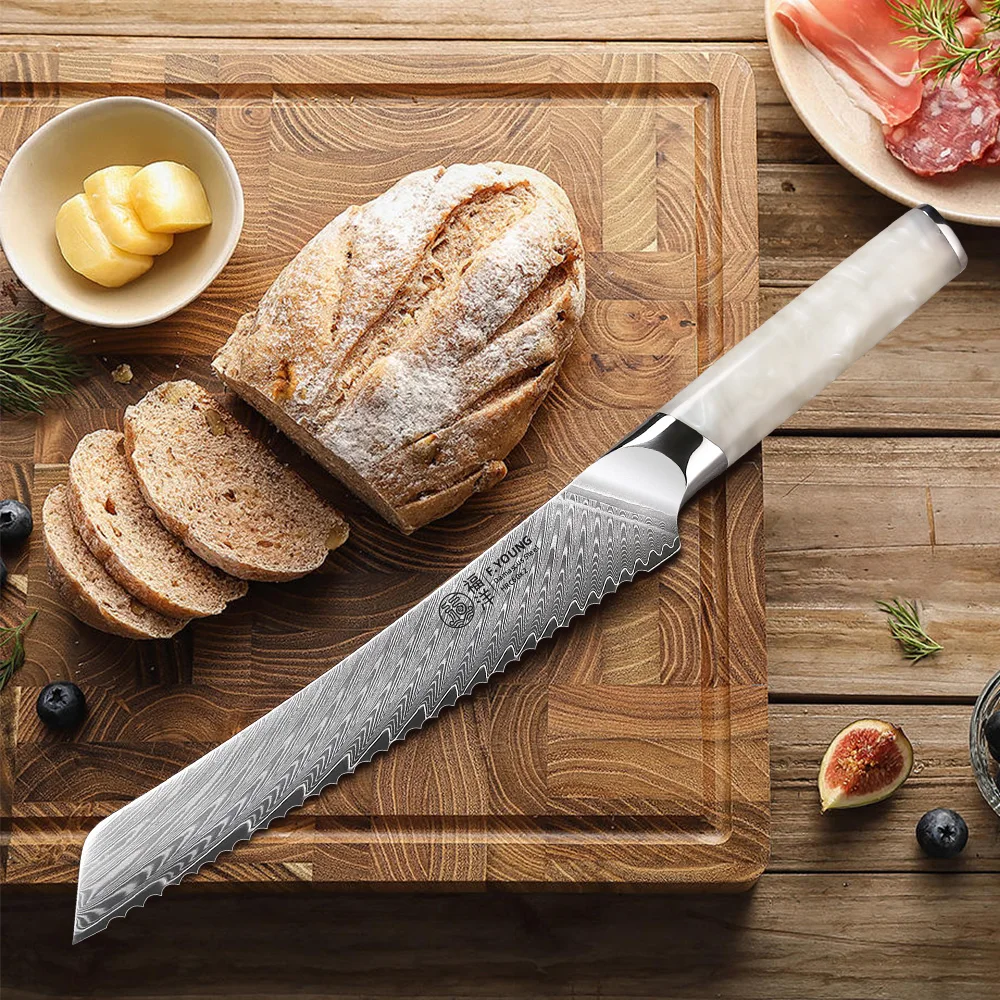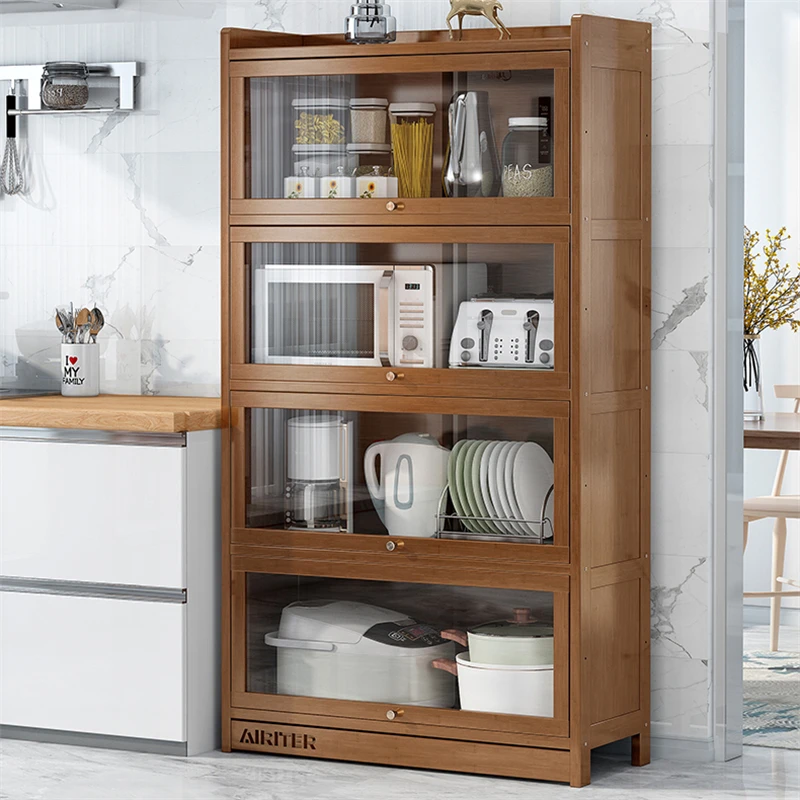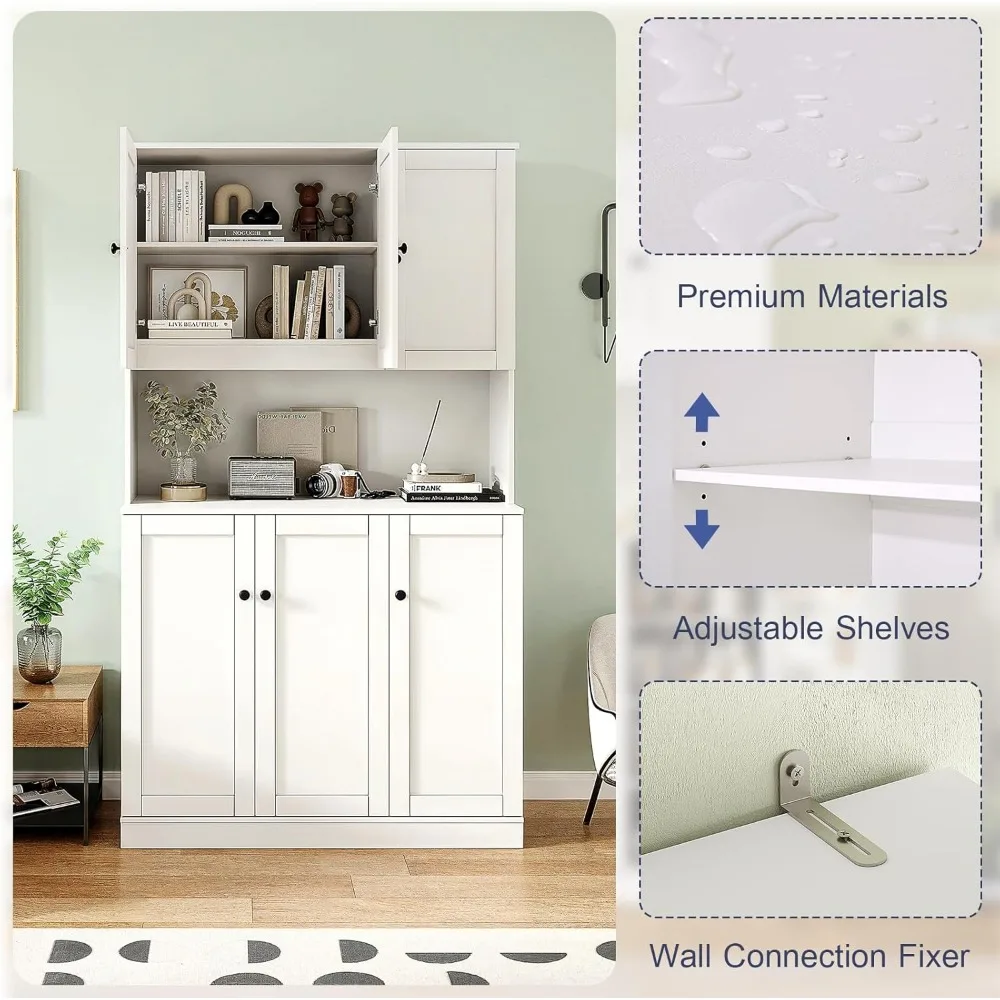Introduction to Knife Grips
Mastering the art of holding a kitchen knife is crucial for any cooking enthusiast. Proper grip not only ensures safety but also enhances cutting efficiency and precision. So how to hold a kitchen knife? There are several grips used in kitchens worldwide, each suitable for different tasks and knife types. This section explores the essential grips every cook should know: the pinch grip, the handle grip, and the claw grip. Understanding these will help you handle your knife with confidence and make your kitchen tasks easier and safer.
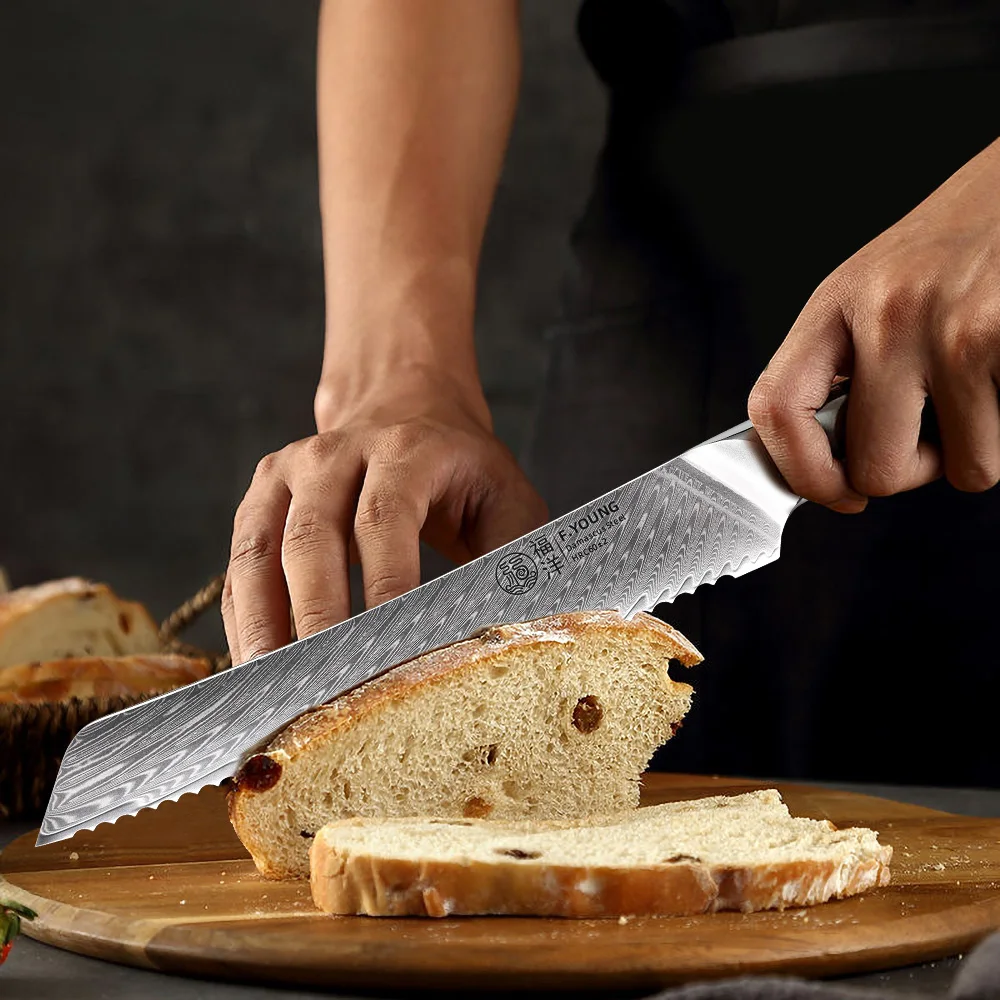
The Pinch Grip
Understanding the Pinch Grip Mechanics
The pinch grip is a chef’s go-to for precise knife work. To master it, place your thumb and index finger near the blade’s base. This might feel unfamiliar at first, yet it grants fine control and stability. The remaining fingers wrap around the handle, securing the grip. It’s similar to handling a pencil for detailed writing — the closer your fingers are to the tip, the greater your control.
Advantages of Using the Pinch Grip
Embracing the pinch grip comes with several benefits. Firstly, it provides superior maneuverability. You can slice, dice, and chop with minimal effort. It reduces hand fatigue too, as it spreads the knife’s weight between your thumb and forefinger. Lastly, this grip minimizes wobble, ensuring your knife stays on course, safeguarding your fingers. Switching to the pinch grip might enhance your chopping speed and safety in the kitchen.
The Handle Grip
When and How to Use the Handle Grip
The handle grip is the most intuitive method for beginners. You simply hold the knife by the handle with all fingers wrapped around it. This grip is suitable for jobs requiring less precision, like chopping nuts or slicing bread. To use it effectively, ensure your grip is firm but relaxed to prevent fatigue and loss of control.
Limitations of the Handle Grip
However, the handle grip has its drawbacks. It offers less control over the blade compared to the pinch grip. This can lead to more wobbling, especially when cutting harder or denser foods. Also, rapid or complex cutting tasks might pose a higher risk of slipping, potentially leading to injury. For tasks requiring high precision, such as julienning vegetables or mincing herbs, consider switching to the pinch or claw grip to enhance safety and accuracy.
The Claw Grip
Techniques for Effective Use of the Claw Grip
The claw grip enhances safety and precision in cutting. To master this grip, curl your fingers inward toward your palm, resembling a cat’s paw. Position the knuckles against the ingredient you are cutting, with the knife blade parallel to them. This technique guards your fingertips from the knife’s edge while maintaining even cuts.
Practicing the claw grip can initially feel awkward but improves control over time. It’s essential for tasks that require uniform slicing, such as chopping vegetables or mincing herbs. Always keep the knife blade in contact with your knuckle guide to ensure safety and accuracy.
Role of the Claw Grip in Precision and Control
The claw grip is crucial for maintaining control and achieving precise cuts in the kitchen. By securing the food with your guiding hand and using your knuckles as a guide, you minimize the risk of slippage, which can lead to uneven cuts or injuries. This grip empowers you to produce consistent slices, which is particularly important for presentation in dishes like ratatouille or finely chopped onions for garnishes.
Employing the claw grip also provides better leverage when handling tough ingredients, allowing more controlled force and reducing strain on your wrist. Incorporate this grip into your skills set to see improvements in precision and safety during food preparation.

Gripping Styles Across Knife Types
Exploring different gripping styles across various knife types is essential for effective culinary practices. Knives come in different shapes and sizes, each requiring a specific grip to maximize both safety and precision.
Variations in Grips for Different Cutting Tasks
Different cutting tasks demand unique gripping styles. For instance, a chef’s knife is best handled using the pinch grip for tasks that demand precision, like mincing garlic or dicing onions. On the other hand, a bread knife with a serrated edge performs optimally with a handle grip, ideal for sawing through crusty loaves without compressing them.
For delicate tasks involving smaller knives, like paring or peeling, a fingertip grip could prove most effective. This grip gives you heightened control over small, meticulous cuts, necessary for peeling fruits or deveining shrimp.
How Knife Design Influences Grip Choice
The design of the knife heavily influences the choice of grip. A well-balanced knife with a bolster encourages a pinch grip, which helps in precise cutting and slicing. Knives with heavier handles might be more suited to a handle grip to counterbalance the weight and reduce fatigue during extended use.
Knives designed for specific tasks, such as filleting fish or carving meat, often have elongated and flexible blades. Such designs usually require grips that enhance control at the blade’s end, like the fingertip grip, to allow for intricate and precise cuts.
Understanding how grips interact with knife design is crucial for both home cooks and professional chefs. It not only enhances safety but also ensures that each culinary task is performed with the utmost efficiency and skill.
Importance of Knife Comfort and Balance
Comfort and balance are pivotal when holding a kitchen knife. A comfortable grip reduces fatigue and increases control over the knife. Balance, where the weight is evenly distributed, allows for better handling and precision. Select knives with grips that fit well in your hand, and check for balance by seeing if it feels natural when chopping or slicing. Remember, a well-balanced knife leads to smoother, safer cuts and a more enjoyable cooking experience.
How to Choose the Right Knife Based on Grip and Comfort
When selecting a knife, wrap your hand around the grip. Ensure it feels snug and not too large or small. Your fingers should rest comfortably without straining. Heft the knife; it should not feel too heavy or light. A knife that feels like an extension of your hand is ideal.
Impact of Knife Balance on Cutting Technique
Balance impacts cutting technique significantly. A balanced knife offers steady, controlled cuts, requiring less force and providing protection from slips. Knives with improper balance can lead to uneven cuts and increased risk of injury. Test the knife’s balance point by balancing it on your finger at the handle. Proper balance can significantly enhance your precision and reduce the effort needed for various kitchen tasks.
Advanced Gripping Techniques
As your knife skills evolve, advanced gripping techniques can offer more efficiency and precision. Understanding and practicing these techniques will elevate your cooking skills significantly. Here’s how to switch between grips and handle special ingredients effectively.
Tips for Switching Between Grips During Food Preparation
Changing grips during food prep can improve both safety and efficiency. Start by mastering the pinch and handle grips for general tasks. As you cut, assess the food’s texture and size. For sturdy items like carrots, use the pinch grip for precision. For softer items, a handle grip may suffice. Transition smoothly between grips by loosening your fingers slightly and rotating the knife into the new grip position.
Handling Special Ingredients with Specific Grips
Certain ingredients demand specific grips. For example, when filleting fish, use the fingertip grip for meticulous, controlled cuts. This grip allows for delicate maneuvering around bones. For butchering meat, a firm handle grip provides the power needed to cut through tougher textures. When dealing with slippery or wet ingredients, ensure your hands and the handle are dry to maintain a firm grip and prevent accidents. Practicing these grips on respective ingredients will build your confidence and skill set.
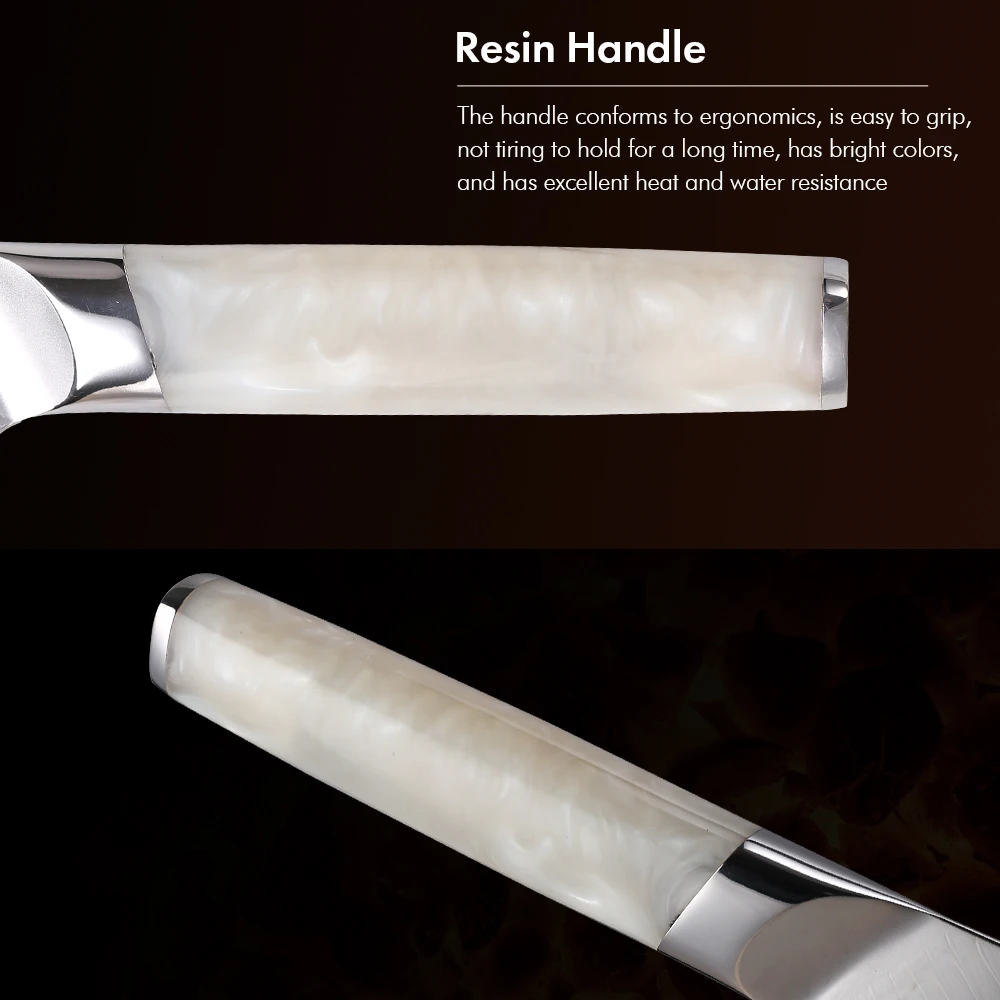
Conclusion
In wrapping up our exploration of kitchen knife grips, mastering different techniques is essential for both safety and efficiency. The pinch grip offers precision and maneuverability, perfect for tasks needing detailed work. Traditional handle grips provide ease and comfort for simpler cutting scenarios. Meanwhile, the claw grip safeguards fingers while ensuring consistent cuts, crucial for uniform presentations.
Understanding the right grip for various knife types and cutting tasks enhances both the cooking experience and the outcome. The right balance and comfortable grips are indispensable, making each culinary challenge safer and more enjoyable. Remember, the key to proficiency with knives lies in practicing and adopting the grip that best suits the task at hand. Always prioritize comfort to prevent fatigue and maintain control.
Whether you are a home cook or a professional chef, refining your knife skills and understanding the nuances of grips will elevate your culinary expertise. With practice and mindfulness, you can handle any ingredient with confidence and precision.
